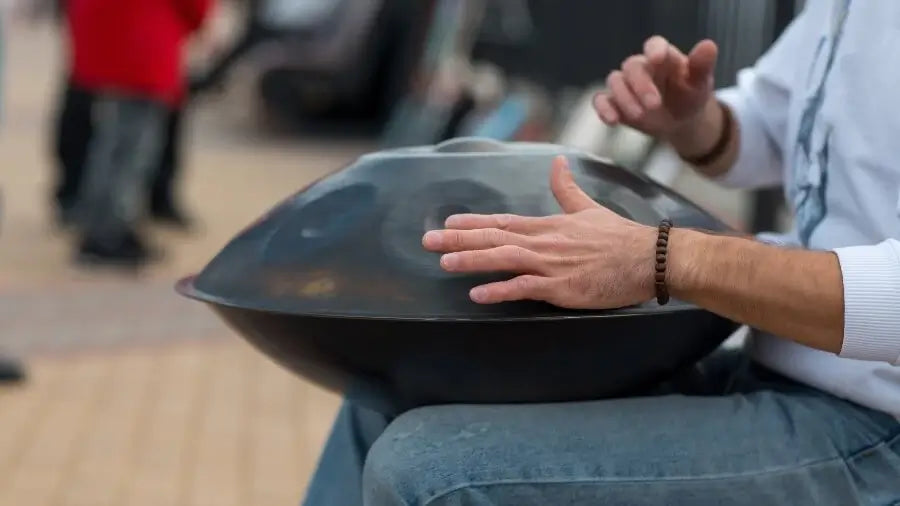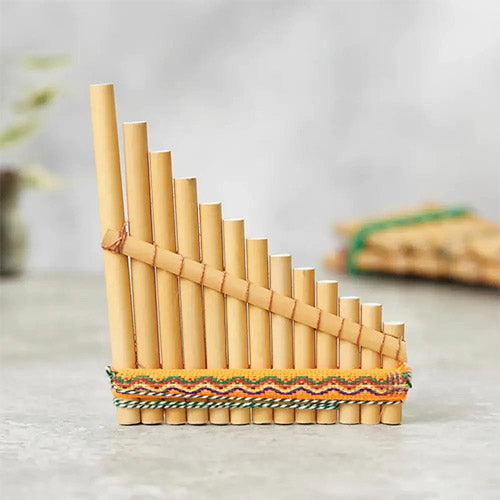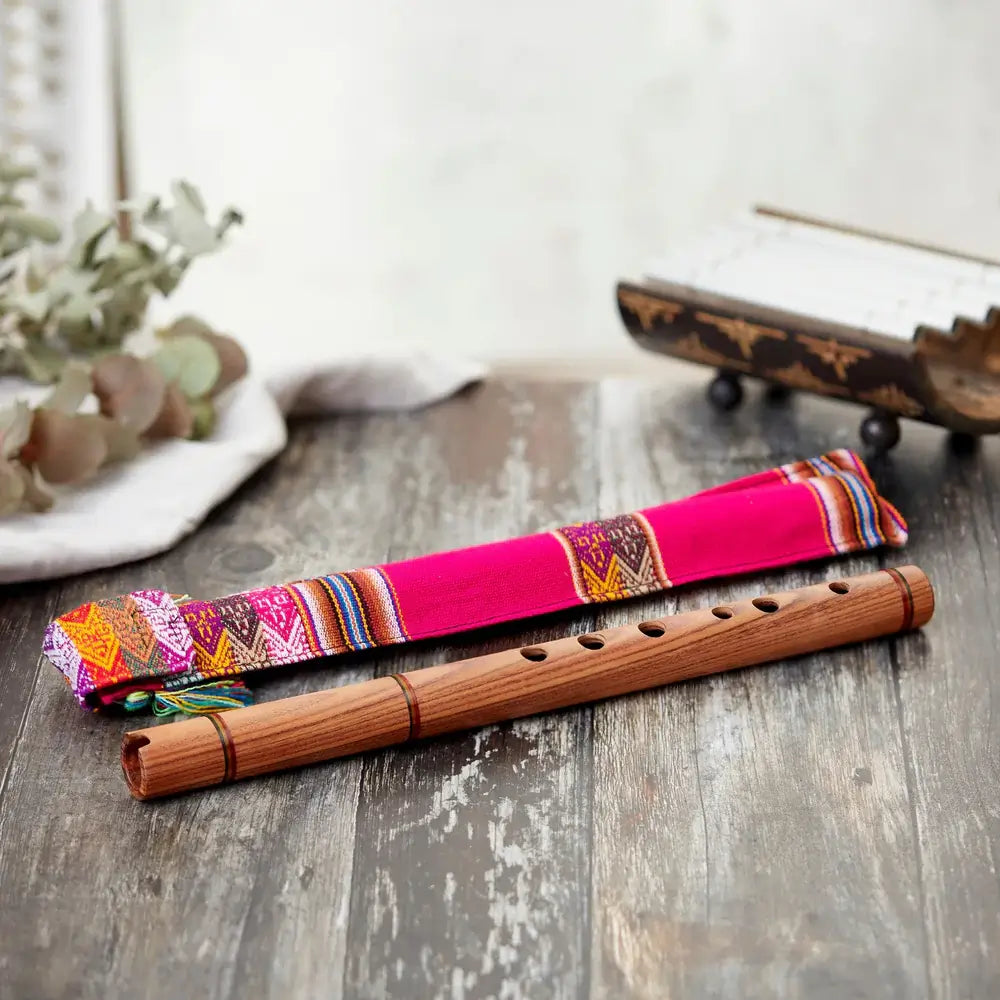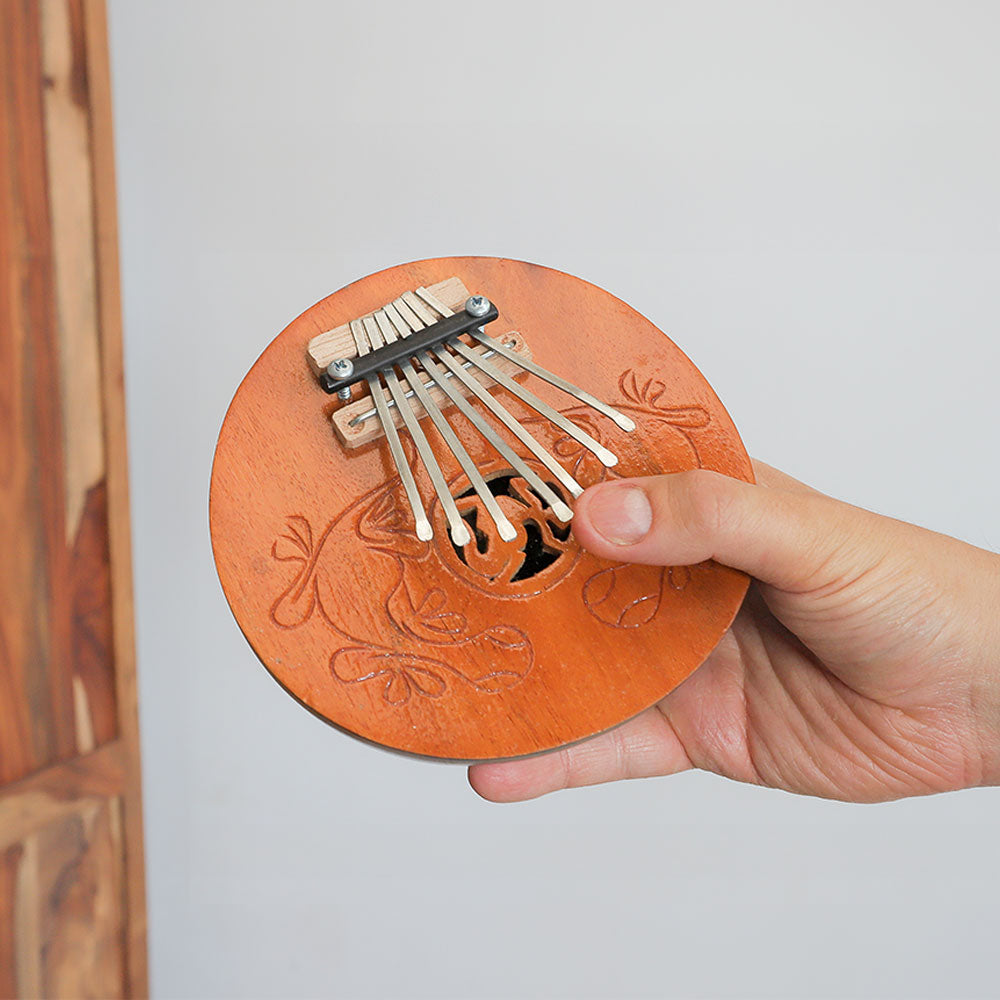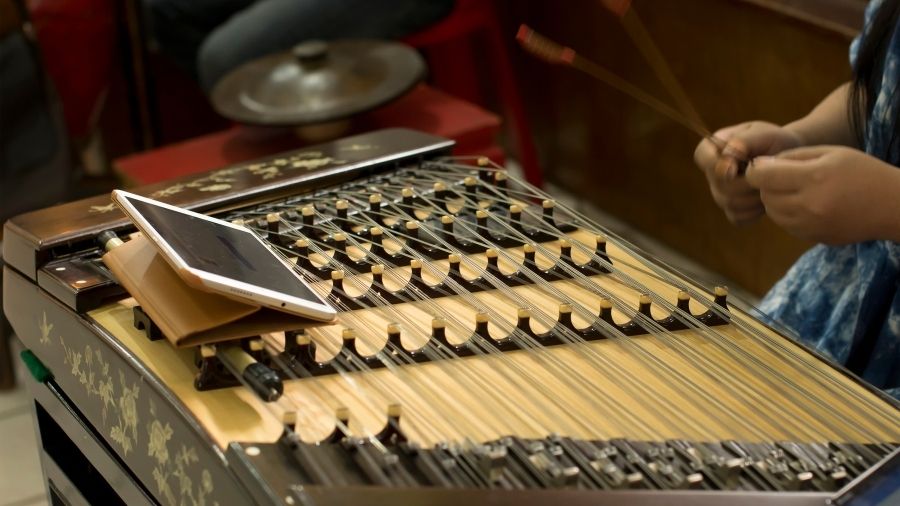Handpans are becoming increasingly popular for their unique sound and ability to create a calming and meditative atmosphere. However, not all handpans are created equal. If you're looking for the best authentic handpans with accessories, we've got you covered.
What is a handpan?
Handpans are a unique instrument, invented in the early years of 2007. They supposedly originated in Bern, Switzerland by Felix Rohner and Sabina Schärer although it could be argued that the steel pan came from Trinidad and Tobago in the 1930s as an adaption from another steel pan drum. The "handpan", "Hang Drum", "pantam", and "UFO Drum" are various names for a family of closely related musical instruments. Made of two convex steel sheets glued together, they feature tuned notes on both the top and sometimes bottom halves, playable with the hands.
Why is the handpan unique?
With the hand pan being such an unusual musical instrument it has developed its very own niche market. Within this market, people understand both the quality of the metal used as well as the craftsmanship involved in developing such an instrument. Due to the time and skill that it takes to produce a single handpan, people are willing to pay such a high price for them.
One of the benefits of a handpan is that it’s similar to a gamelan in that it relaxes you and lets your mind settle or wander freely without worry. As you play, you’ll feel your mind and body start to relax, and you’ll be able to express yourself in a way that words cannot. It’s the perfect way to relieve stress or simply unwind after a long day.
How to play the handpan drum
The handpan itself is designed to be played in a similar way as the drum. It is played by using your hands to play keys on the pan itself, each time producing a unique sound depending on where you hit the pan and the way in which you do so. Over the past decade, musicians have learnt to use the hand pan to produce sounds and the melodies of songs that would usually be played by a more classical instrument such as the violin or piano.
How much does a handpan cost?
The price of a hand pan can vary depending on the material that it is made from, the brand, design and the techniques used to make it. Prices typically can range from £15 for a budget cheaply made pan - £3500 for a luxurious steel high quality instrument.
When you buy a cheap instrument, it will soon become obvious that the cheaper option was not the best way to go due to it being made from poor quality metals. If the thought of owning one of these instruments interests you then see our buying guide below.
Where to buy a Handpan for beginners
NovaPans Starter Handpan (Sponsored)

NovaPans Handpans Generation 4 Starter handpans are perfect for beginners for several reasons. They're made from strong, high-quality steel that produces clear, stable notes - important when you're learning. The handpans have a bright, balanced, and beautiful sound. Despite being NovaPans' most affordable option, they don't skimp on quality, offering features that both beginners and more experienced players will appreciate.
These handpans strike an ideal balance between price and performance, making them an excellent choice for anyone starting their handpan journey. For customers in Australia, you can purchase these wonderful handpans at NovaPans Australia. For customers in all other locations, you can purchase NovaPans handpans here.
Saraz Handpans
Saraz is a well-known company in the handpan community, they are known primarily for their custom series stainless steel pans that are nitrided and come in various different scales and note variations. On their website they also have a selection of accessories such as microfibre cloths, carry case, soundpan rust wax, rain cover, evapad and more. Check out the Saraz Handpans here.
Dreamland Handpan
The Dreamland Handpan is a professional-grade, stainless steel instrument handcrafted in a renowned Vietnamese workshop active since 2001. Unlike most in its price range made from nitrid steel, this handpan offers superior resonance, and longer sustain. Its available in two scales: (A and G) and features a pentatonic layout that allows intuitive playing.
Its perfect for meditation, improvisation, sound healing, or live performance. Each note is expertly hand-hammered and precisely tuned, delivering a clean, stable pitch every time. Built with care, it includes a protective burnished cover, padded backpack bag, and a sound field chart.
Explore the Dreamland Handpan here.
The Best Handpan Accessories
The best handpan accessories can greatly enhance your playing and protect your instrument. A hard case is essential for safe transport—look for one that’s padded with a secure locking mechanism. A stand improves comfort and sound quality; choose one that’s stable and adjustable to keep your handpan steady while playing. Mallets are also key—opt for those specifically designed for handpans with soft rubber tips for a warm sound, though experimenting with different types can create varied tones.
Handpans (Frequently Asked Questions)
Are handpans waterproof?
High-quality handpans are more durable than you might expect. Spyros Pan, a skilled player from Greece, once submerged his Halo handpan in a swimming pool for a two-hour photoshoot. After thoroughly drying it with a regular microfiber cloth, six years later, it remains completely free of rust.
How heavy is a handpan?
Handpans typically measure between 45cm and 65cm in diameter, stand 15cm to 30cm tall, and weigh between 2.5kg and 4.5kg.Can anyone play a handpan?
You don't require classical training or music theory knowledge to play the handpan. Each handpan is tuned to a specific musical scale, eliminating the concept of wrong notes and the fear of making mistakes. As a result, handpan playing is accessible to everyone, regardless of musical background.How to maintain a handpan?
After each use, gently wipe the instrument with a soft, clean, dry cloth, preferably microfiber. Clean your handpan every 6 to 12 months to eliminate dirt and oils: You can use isopropyl alcohol or a milder rubbing alcohol (with an isopropyl alcohol or ethanol base of 50-75%, diluted with water).

